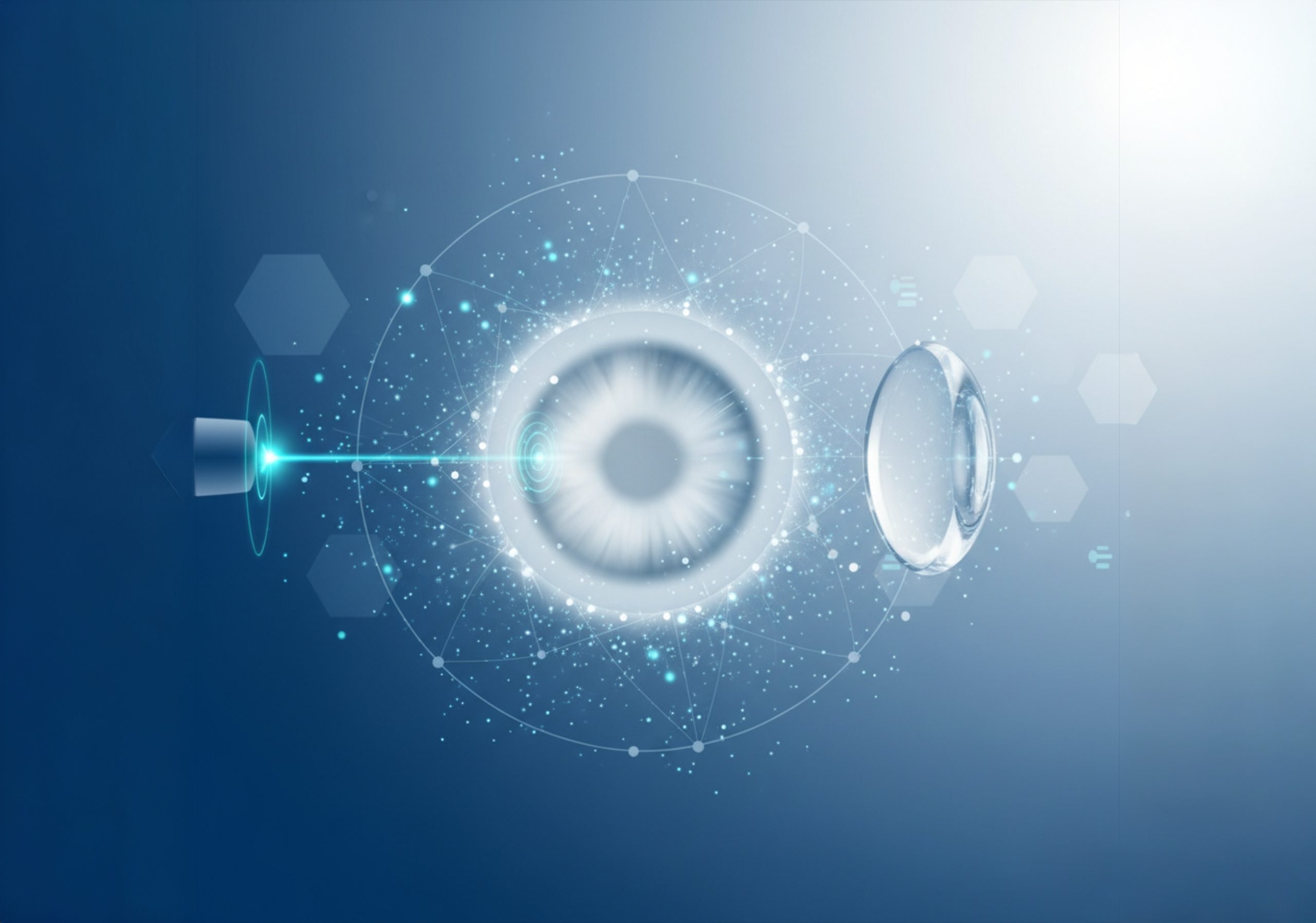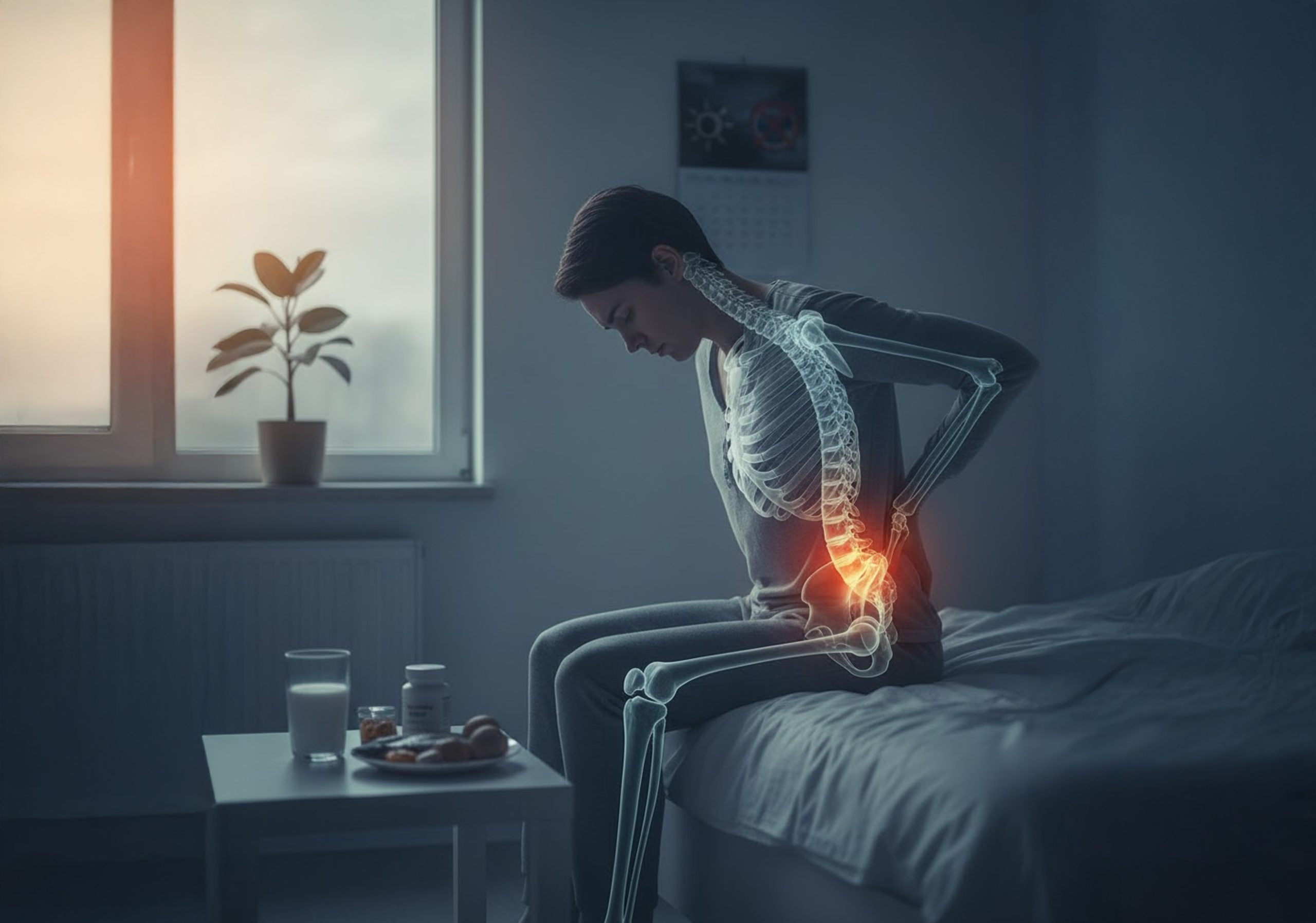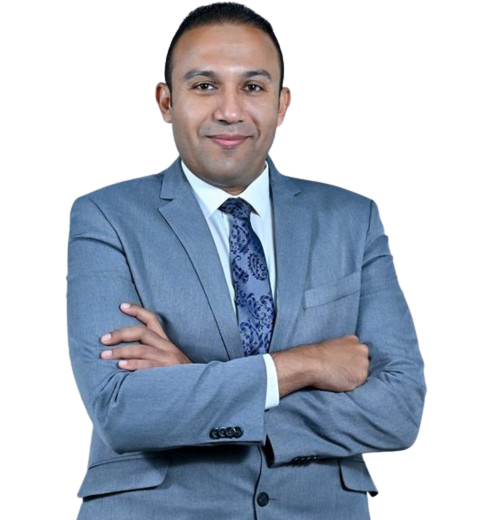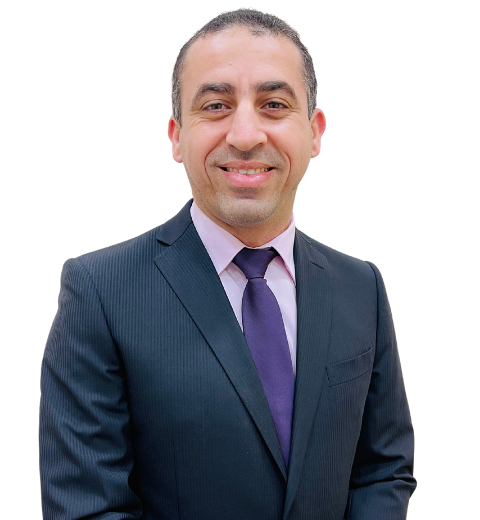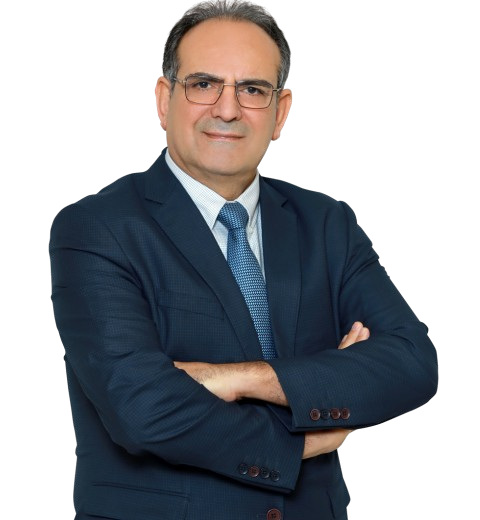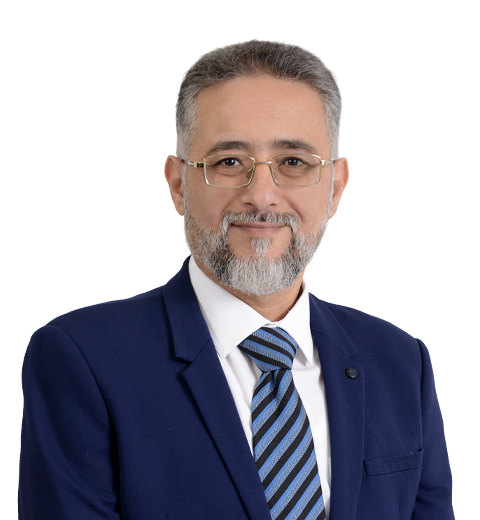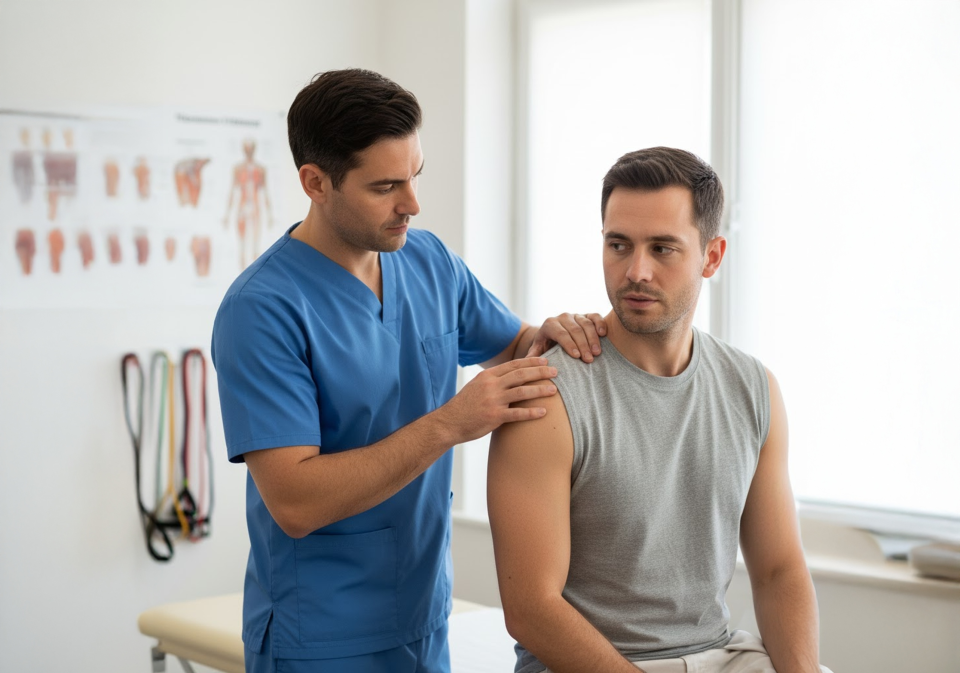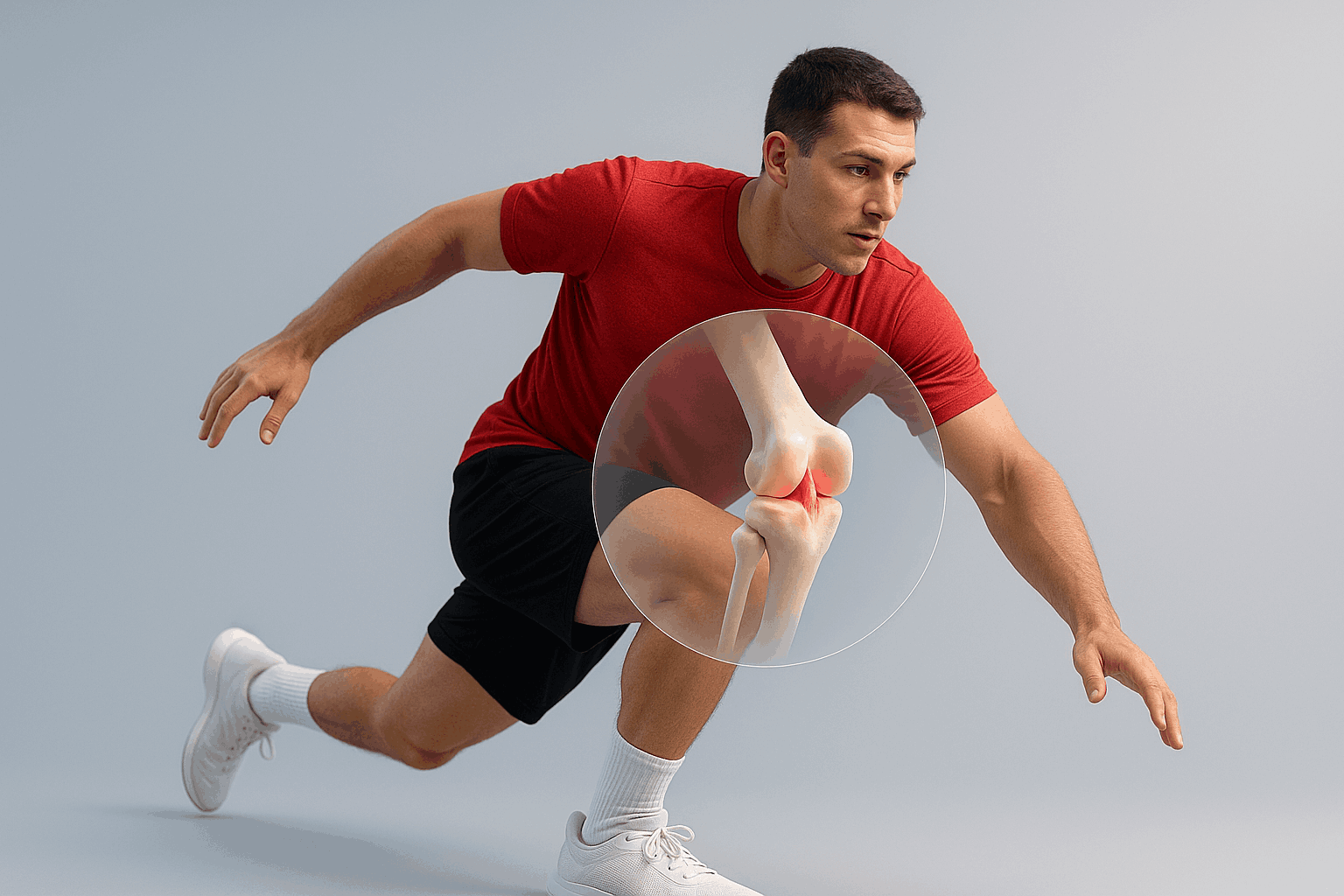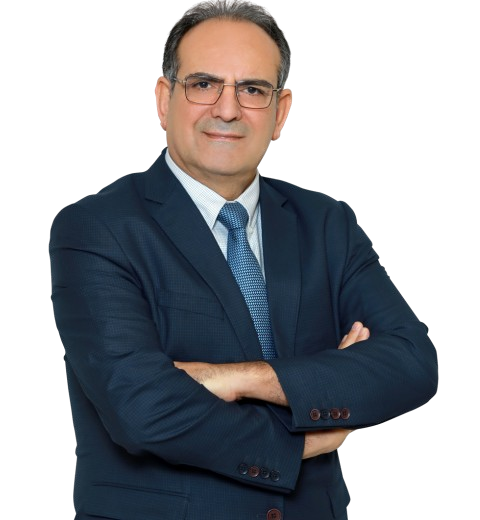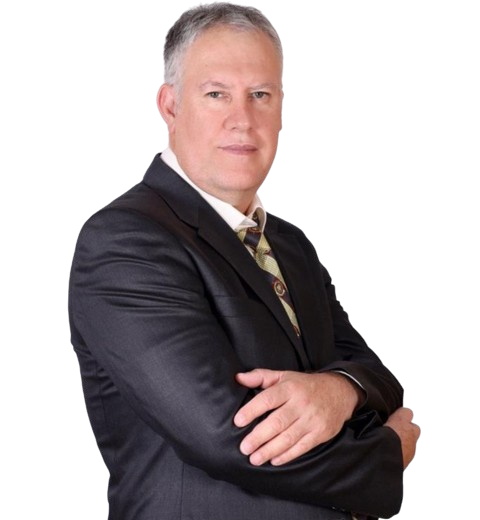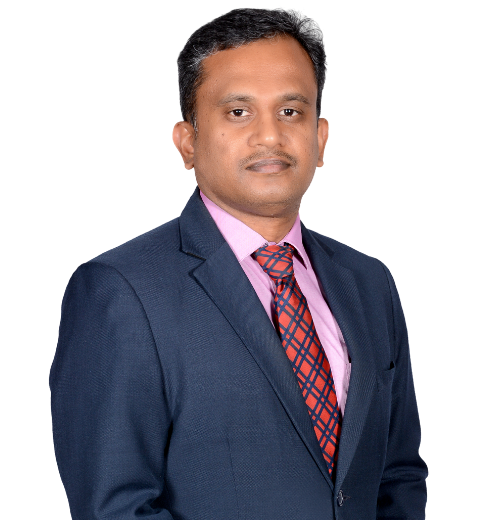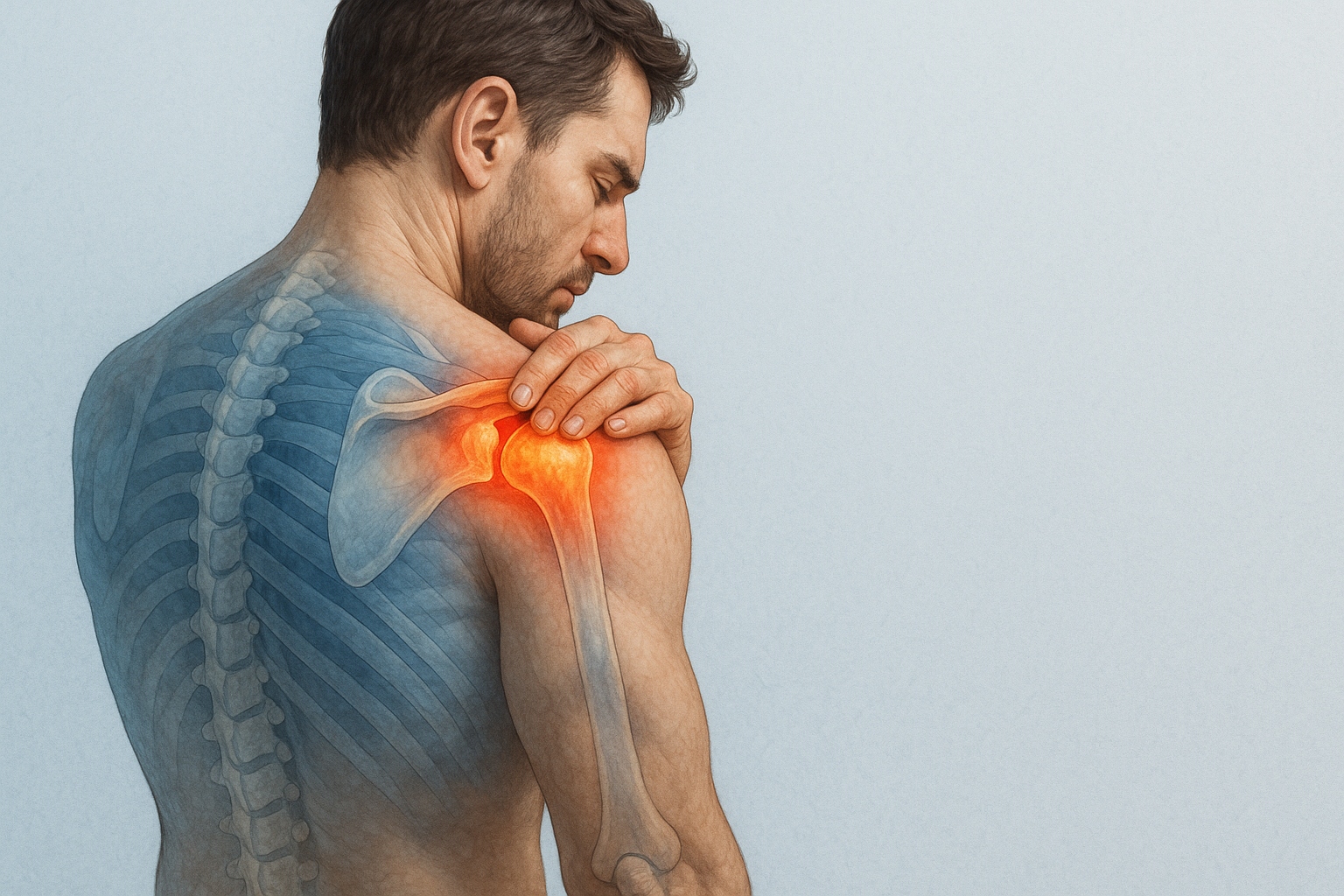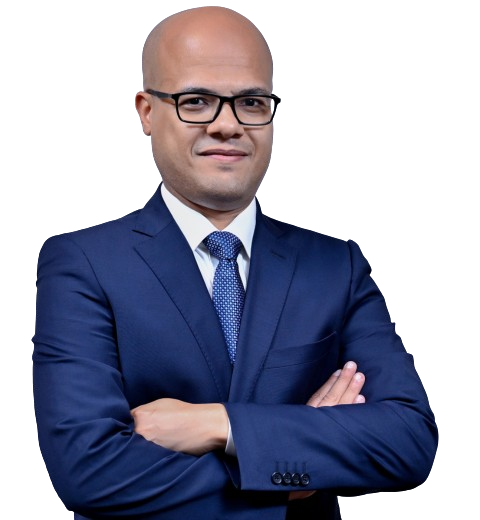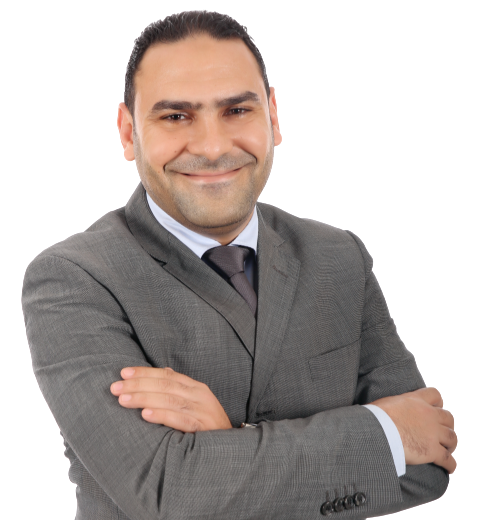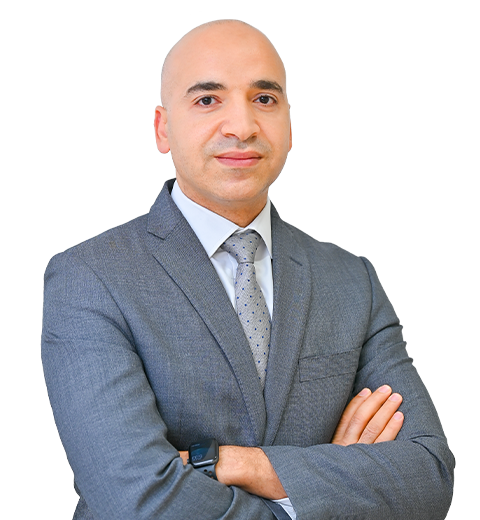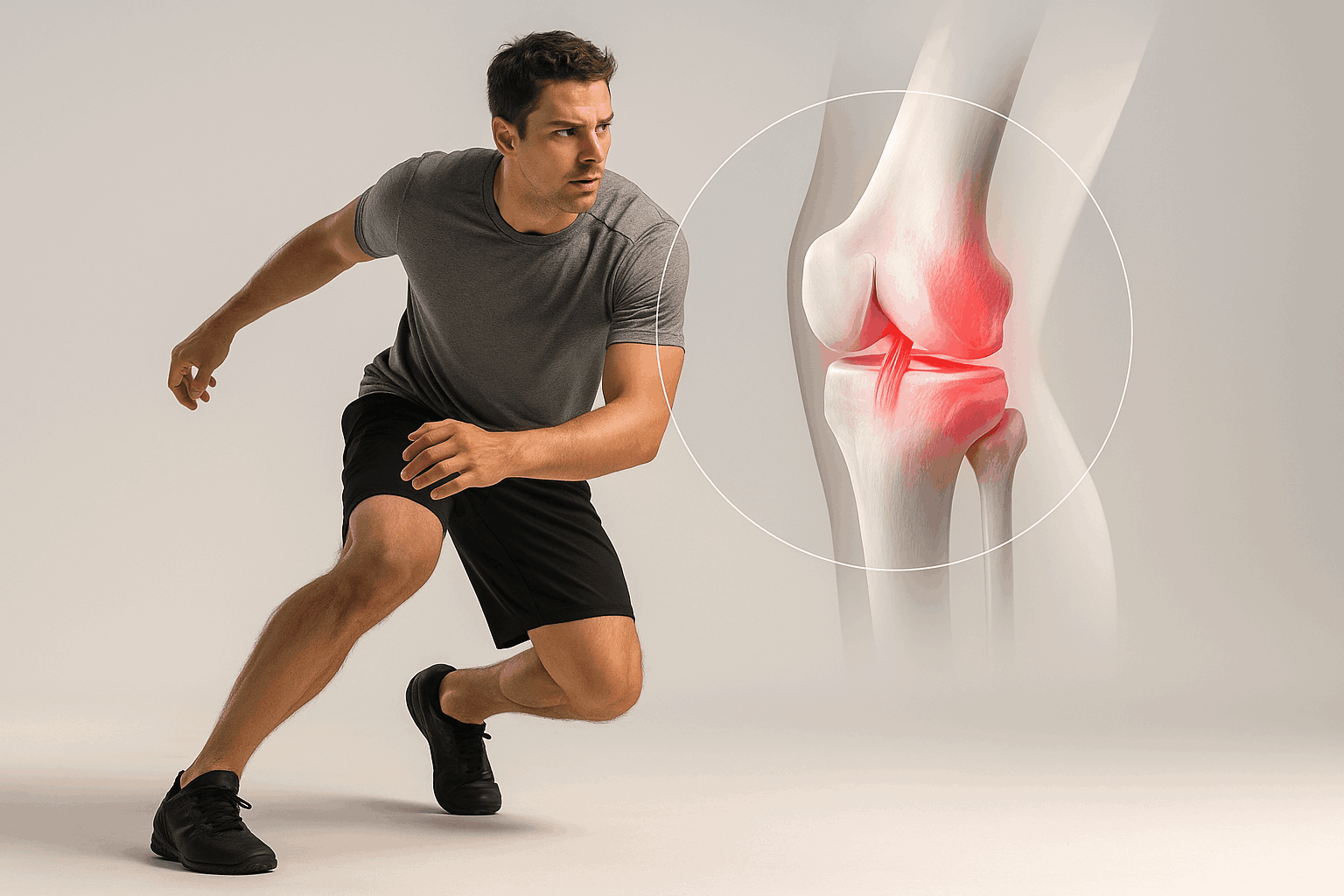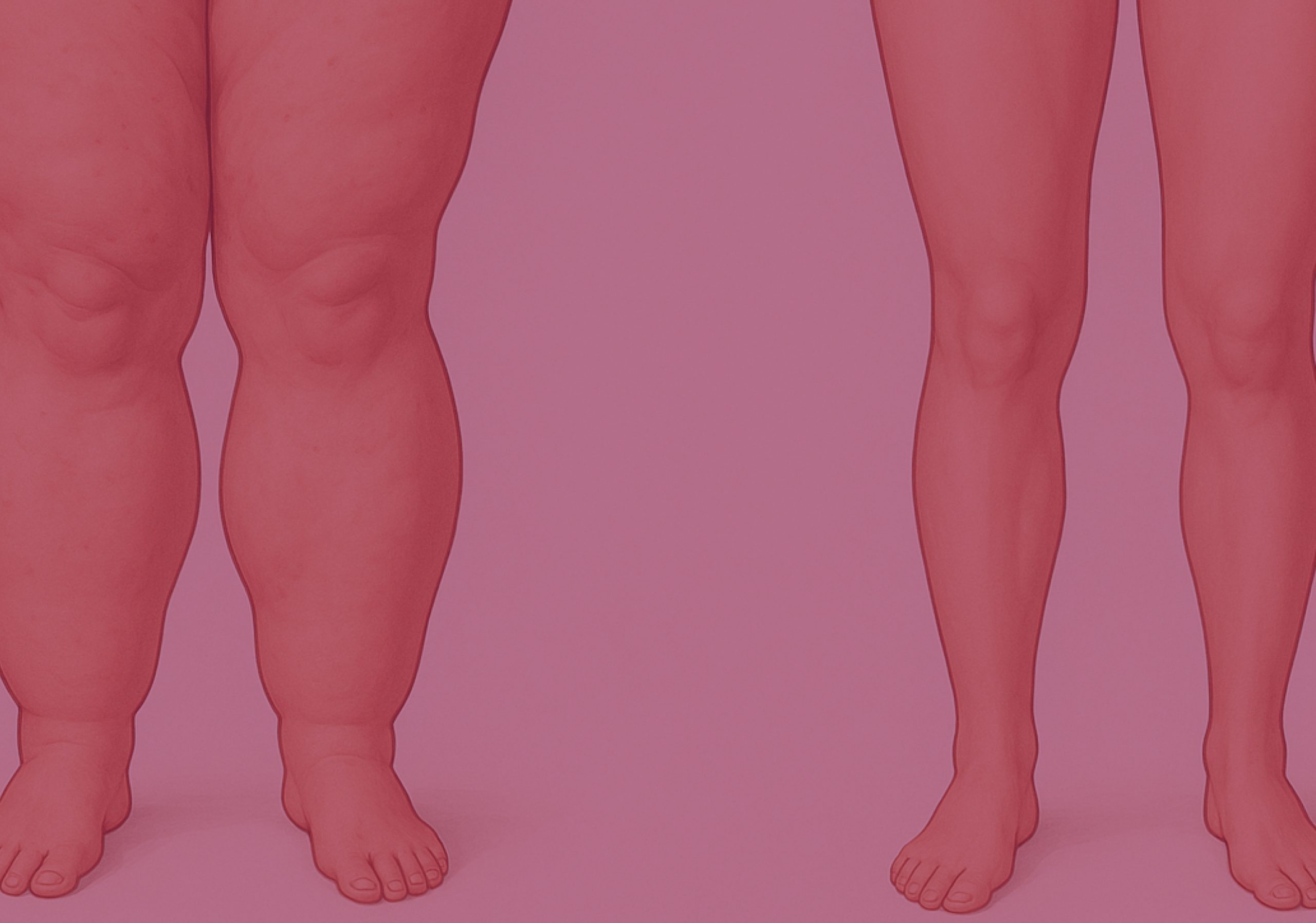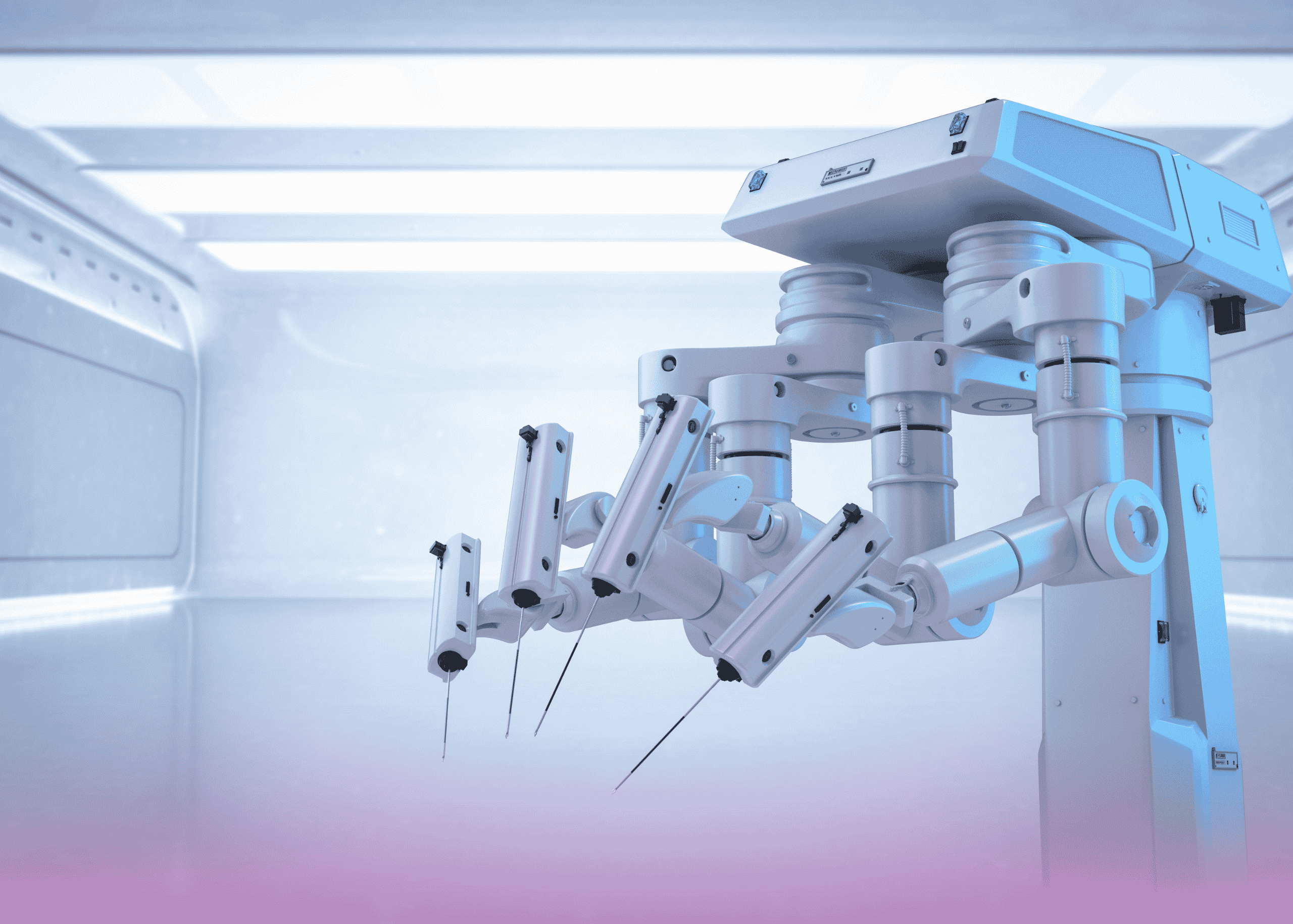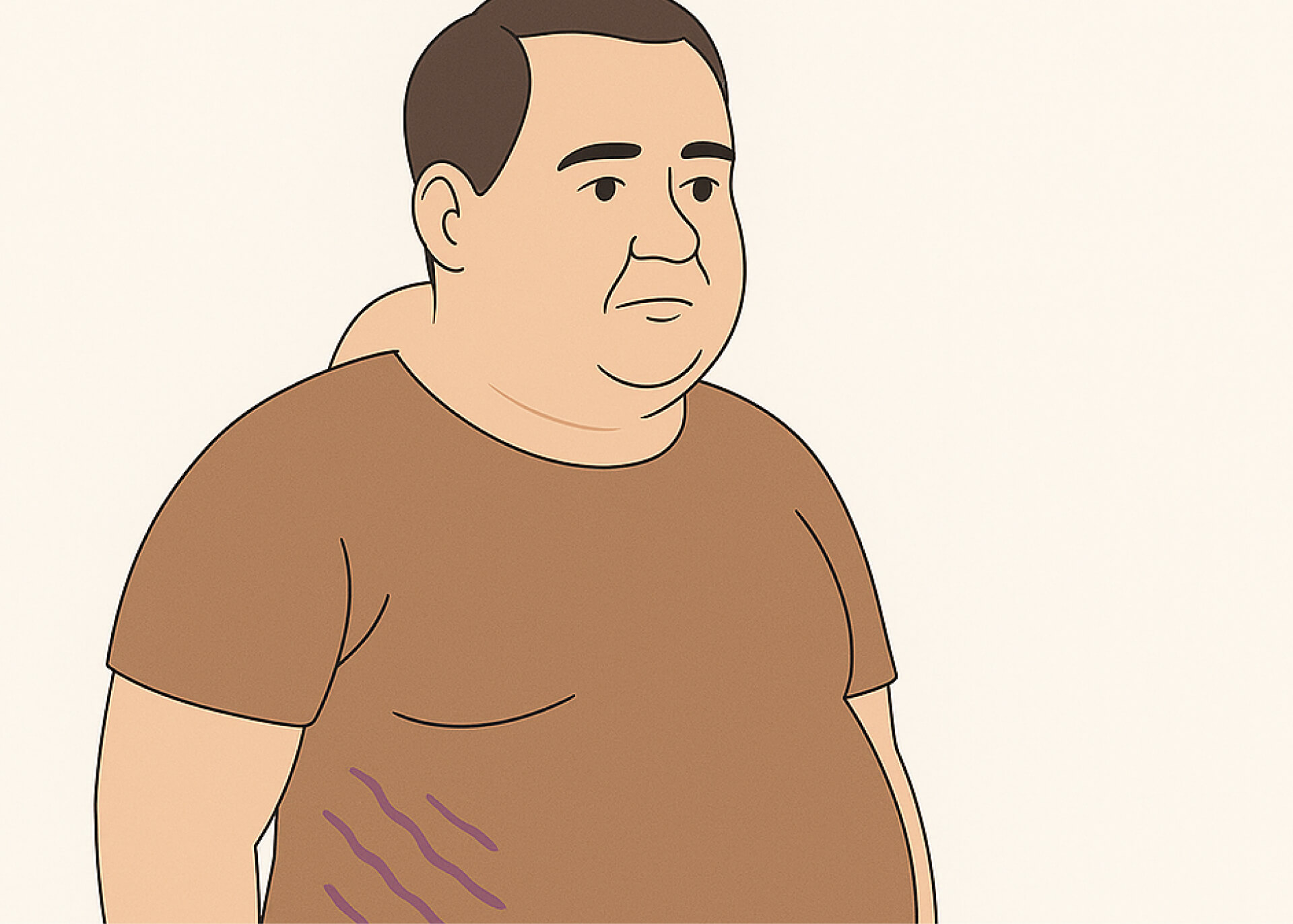Cataracts are one of the most common causes of vision impairment across the world. This condition occurs when the lens of the eye becomes cloudy, leading to blurred vision and, if left untreated, potential blindness.
The good news is that cataracts are highly treatable. With modern surgery and proper management, most people regain clear, sharp vision. This comprehensive guide explains cataract treatment options, management strategies, and preventive remedies to help you make informed decisions about your eye health.
Understanding Cataracts and Their Impact on Vision
A cataract forms when proteins in the eye’s natural lens break down and clump together, creating cloudiness that affects how light passes through the eye. Over time, this cloudiness worsens, making it harder to see clearly.
Causes of Cataracts
While aging is the most common cause, cataracts can develop due to several factors, including:
- Diabetes – high blood sugar can damage eye tissues.
- Smoking – increases oxidative stress in the lens.
- Prolonged UV exposure – sunlight can accelerate cataract formation.
- Eye injury or surgery – trauma may trigger cataract development.
- Certain medications – especially long-term steroid use.
Common Symptoms of Cataracts
Recognizing the early signs of cataracts is key to effective treatment. Symptoms often include:
- Blurred, dim, or cloudy vision
- Increased sensitivity to bright lights or glare
- Difficulty seeing at night
- “Halos” around lights
- Frequent changes in eyeglass or contact lens prescriptions
- Fading or yellowing of colors
- Double vision in one eye
If you notice these symptoms, it’s time to schedule an eye exam. Early diagnosis can prevent vision loss and make treatment easier.
Cataracts Treatment: What Are Your Options?
The treatment approach depends on how much the cataract affects your daily life. In early stages, stronger lighting, updated glasses, or magnifying lenses may help. But when vision loss starts to impact your routine, surgery becomes the most effective solution.
Surgical Procedures for Cataract Management
Cataract surgery is one of the safest and most commonly performed procedures in the world, with a success rate above 95%. It’s typically done on an outpatient basis, meaning you can go home the same day.
There are two main surgical methods:
1. Phacoemulsification (Phaco Surgery)
This modern technique uses ultrasound waves to break up the cloudy lens into tiny pieces, which are then gently removed through a small incision. A clear artificial intraocular lens (IOL) is implanted in its place.
Benefits:
- Small incision
- Minimal discomfort
- Quick recovery time
2. Extracapsular Cataract Extraction (ECCE)
This method involves removing the entire lens in one piece through a slightly larger incision. The back part of the lens capsule remains intact to support the artificial lens.
When It’s Used:
- For advanced cataracts that are too dense for phacoemulsification.
Both procedures are highly effective in restoring vision. Your ophthalmologist will recommend the best method based on your eye health and specific needs.
Post-Surgery Care and Recovery
After cataract surgery, most patients notice clearer vision within a few days. The full healing process usually takes 6–8 weeks.
What to Expect After Surgery
- Mild discomfort or itching for a few days
- Temporary blurry vision, which improves as your eye heals
- Use of prescribed eye drops to prevent infection and inflammation
- Avoid rubbing your eyes or heavy lifting for at least a week
Your doctor will schedule follow-up visits to monitor healing and adjust medications if necessary.
Most people are able to resume normal activities — including reading, watching TV, and light exercise — within a few days.
Cataract Remedies: Lifestyle Changes and Prevention
While surgery is the only way to remove cataracts, certain lifestyle habits can help slow their development and maintain healthy vision.
1. Diet and Nutrition
Eating foods rich in antioxidants, vitamins C and E, and carotenoids like lutein and zeaxanthin can protect the eyes from oxidative stress.
Include these in your diet:
- Leafy greens (spinach, kale)
- Carrots and sweet potatoes
- Citrus fruits and berries
- Nuts and seeds
- Oily fish rich in omega-3s
2. Protect Your Eyes
- Wear UV-protective sunglasses when outdoors.
- Quit smoking — it significantly increases cataract risk.
- Limit alcohol consumption.
- Manage chronic conditions such as diabetes and hypertension.
3. Regular Eye Exams
Early detection is key. Adults over 40 should have a comprehensive eye exam every 2 years, while those over 60 should be checked annually. Regular visits help track changes in vision and ensure prompt intervention.
Frequently Asked Questions About Cataracts Treatment
1: Is cataract surgery painful?
No. The procedure is performed under local anesthesia, so you won’t feel pain. Mild discomfort afterward is common but temporary.
2: How long does cataract surgery take?
Usually about 15–30 minutes per eye. You’ll be able to go home the same day.
3: Can cataracts come back after surgery?
No, cataracts cannot grow back. However, some patients may develop a secondary cataract (posterior capsule opacification), which can be treated easily with a quick laser procedure.
4: What are the risks of cataract surgery?
Serious complications are rare but may include infection, inflammation, or retinal detachment. Following your doctor’s post-surgery care instructions minimizes these risks.
5: How soon can I return to normal activities?
Most people return to daily activities within a few days, though heavy lifting and strenuous exercise should be avoided for at least a week.
In Summary
Cataracts are a natural part of aging, but they don’t have to mean permanent vision loss. With today’s advanced cataract treatment options, patients can expect safe procedures, quick recovery, and excellent visual outcomes.
If you’re experiencing blurry or cloudy vision, schedule an appointment with an eye specialist to discuss your treatment options.
Remember: Early detection and timely cataract management can protect your vision and greatly improve your quality of life.
